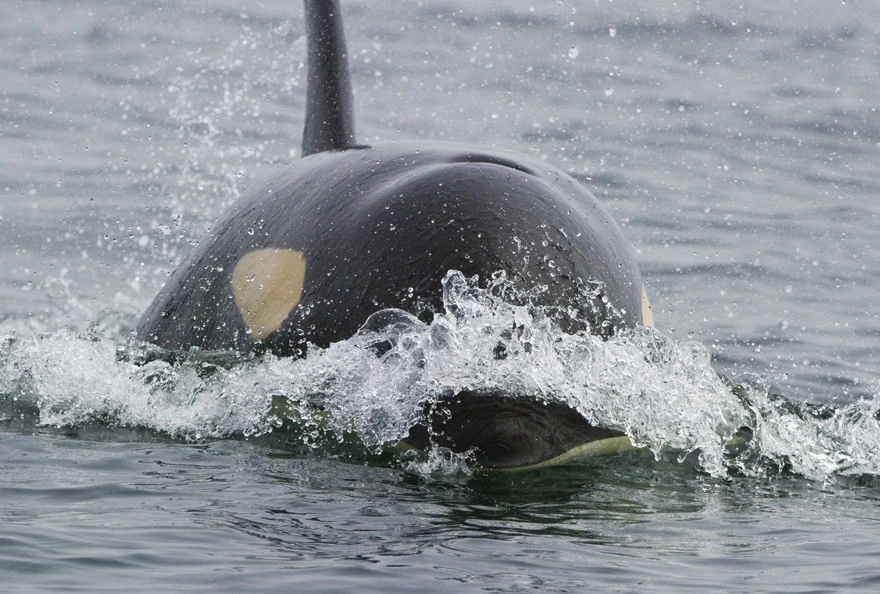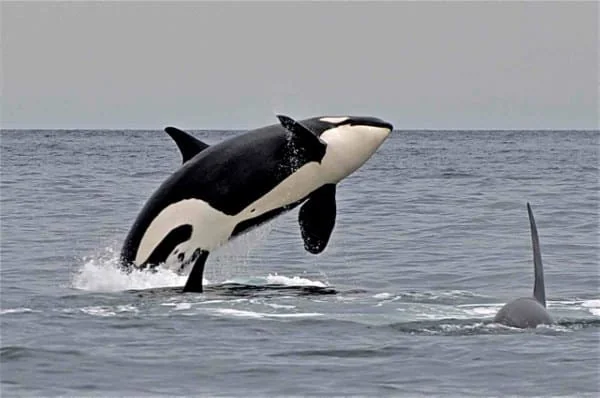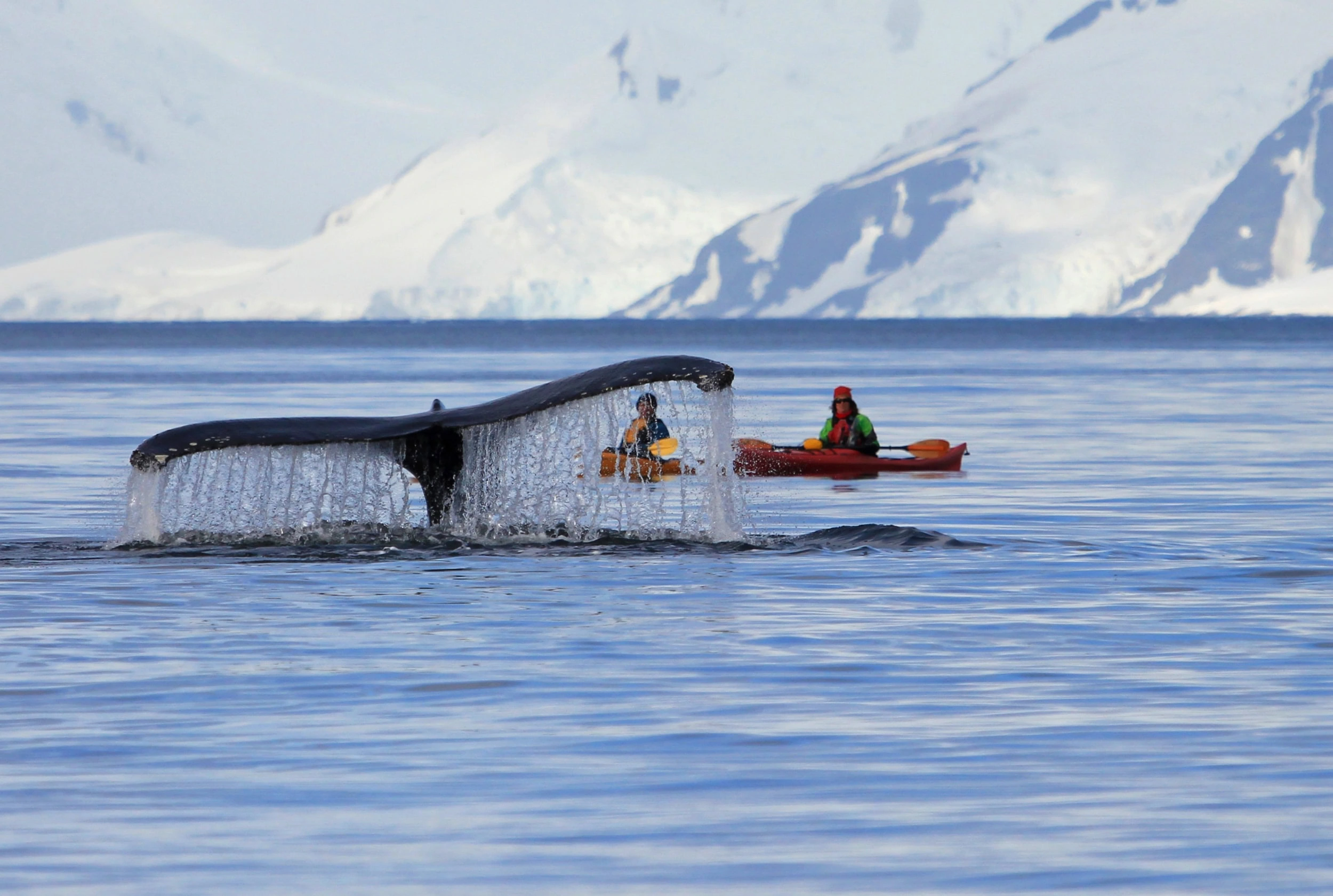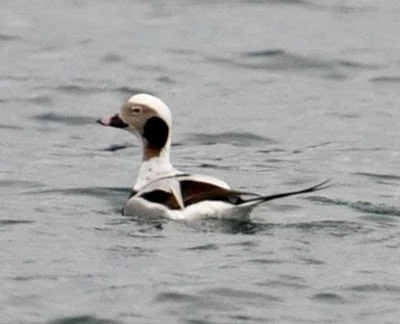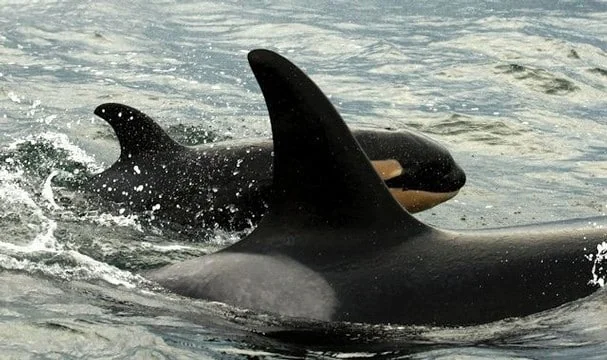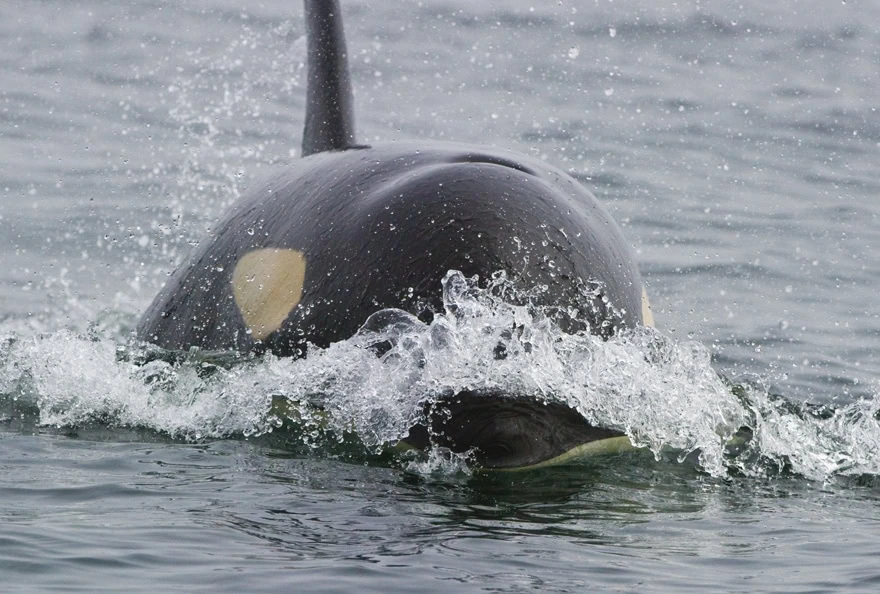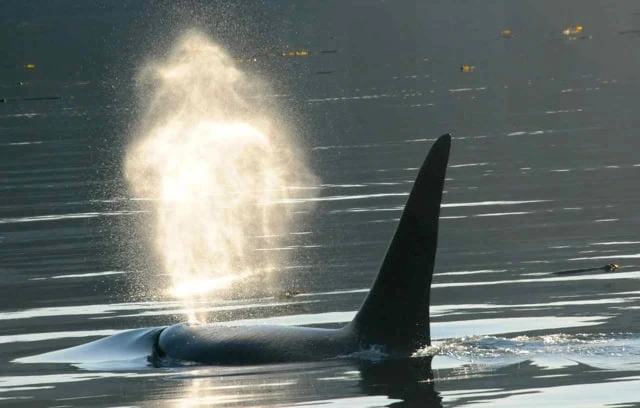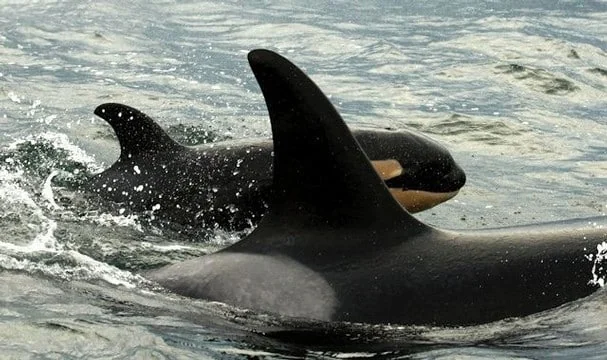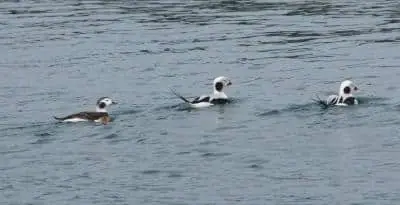Gray Whales Killed by Orcas near Seattle, Washington?
Seven gray whales have been observed from the northern Puget Sound up to the San Juan islands this spring, entertaining those lucky enough to find them while kayaking in Washington. Sadly, a very young and malnourished gray whale beached itself this past week in Puget Sound near Seattle, Washington. At first, people thought that killer whales were responsible for its death as there was damage on its pectoral fins and flukes made by orca whales. Marine mammal biologists from Cascadia Research Collective examined the wounds and determined they were old and partially healed. So the calf had survived this killer whale attack and died much later of other causes. They took samples from the carcass to further define the cause of death. This dead gray whale is one of two gray whales that have been watched in southern Puget Sound this spring and the second gray whale death in the Salish Sea for 2010. The other died just a couple of days later on the south shore of Vancouver Island near Victoria, British Columbia. Initial speculation was that this death was caused by killer whales, too, as the dead gray whale had deep gouges on its belly. But as before, the orca whales have been exonerated upon further investigation. The damage seems to have been caused by rocks in the surf. It’s thought that the true cause of death is malnutrition, a common problem for young gray whales. Instead of teeth, gray whales possess baleen plates that hang from their upper jaw to form a sieve for filtering mostly benthic, mud-dwelling creatures such as worms, crustaceans and other small animals out of the bottom muck. When fully grown, gray whales are about 40 feet long and weigh more than 30 tons. Join a Kayak Tour in the San Juan Islands near Seattle, Washington

